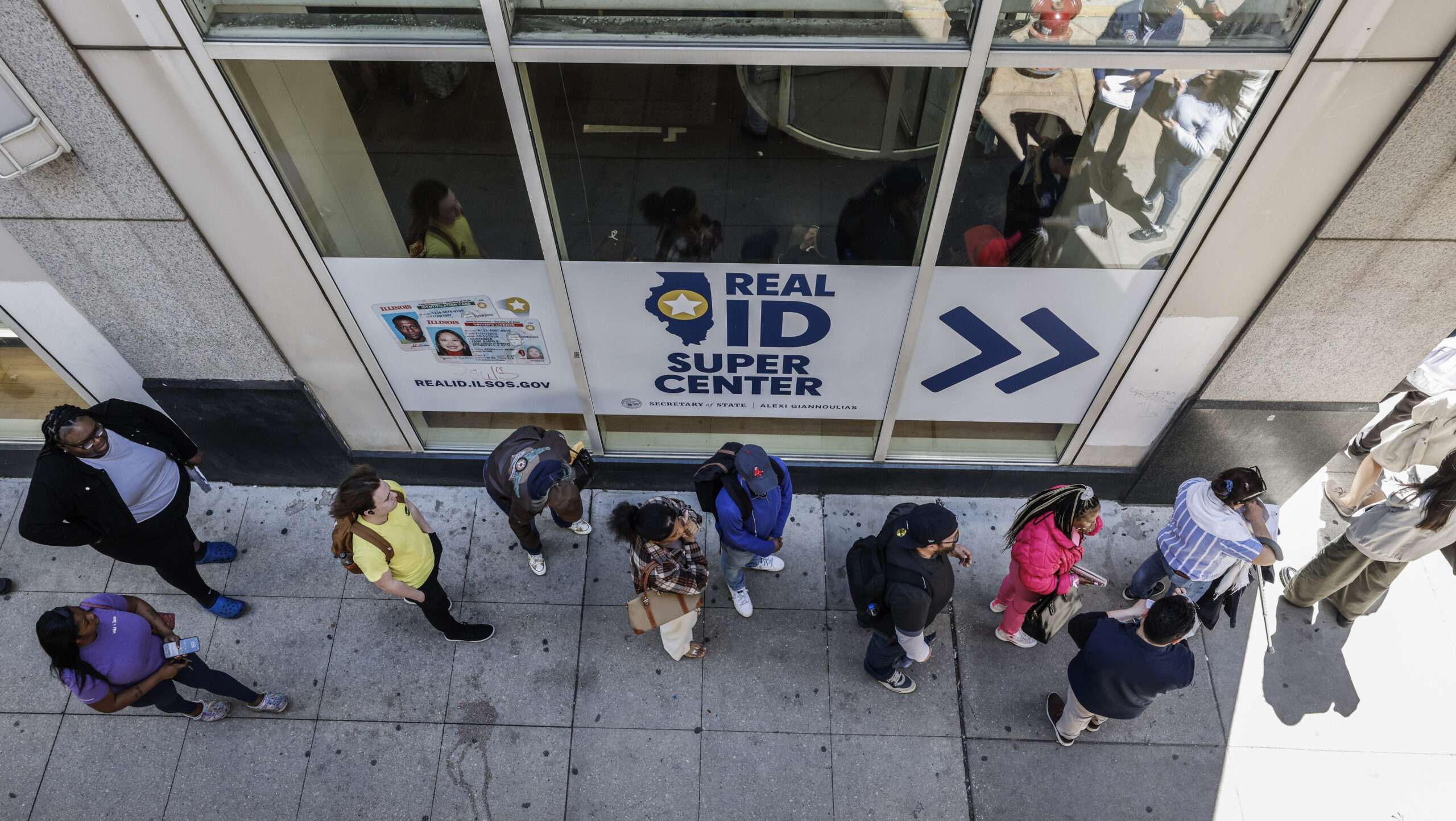It works: 58-70% of recipients moved to Tulsa solely because of the program
Huge ROI: Every dollar spent returns $4.31 in local economic benefits
17x cheaper: Attracting remote workers costs 17x less than luring businesses
Benefits all: Even the poorest residents see 3x returns on public investment
Secret sauce: Success requires incentives + support services + housing policy
The W.E. Upjohn Institute just delivered the most comprehensive analysis of any remote worker program in America. Their verdict on Tulsa Remote is stunning: the program generates $66,462 in economic benefits per person for a total investment of just $15,425. That's a 4.31x return that makes traditional business incentives look obsolete.
Since 2018, Tulsa has relocated over 3,000 households by offering $10,000 cash plus support services. With over 100 cities now competing for remote workers, this rigorous study provides the first real evidence about what works, what doesn't, and why people-based economic development might replace corporate subsidies entirely.
The challenge was separating correlation from causation—did people move because of the program or were they coming anyway? The Upjohn Institute cracked this puzzle through an innovative methodology.
Researchers merged Tulsa Remote's 56,053 applications with Infutor, a commercial database tracking where Americans live. They successfully matched 43% of eligible applicants, creating a sample of 16,692 individuals. The key insight: compare approved applicants who got the $10,000 with rejected applicants who didn't.
Infutor only captures about 32% of actual moves, but it misses equally for both groups, preserving the comparison's validity. Using three different statistical methods—linear probability models, logit models, and exact matching—researchers found the same answer: 58-70% of participants moved solely because of the program. This "but for" rate dwarfs the 6% typical for business incentives.
Not all applicants respond equally to incentives. The data reveals three distinct groups with dramatically different response rates.
True "free agents" with no Tulsa connections show 78-82% inducement rates. They're making purely economic decisions without emotional ties pulling them elsewhere. Former Tulsa residents considering return show only 17-20% inducement—most would come back anyway. But here's the twist: they might stay forever, potentially making them worthwhile despite lower impact. Those who know someone in Tulsa fall between at 35-41% inducement.
This creates a strategic puzzle. Should programs exclude low-inducement groups? The analysis says no. Even with 17% inducement, high-retention natives can generate positive returns exceeding 1x. The key is tailoring retention strategies to each group rather than blanket exclusions.
Tulsa Remote generates four distinct benefit streams that compound over time, totaling $66,462 per member.
Fiscal benefits dominate at $32,252. New residents immediately pay taxes while consuming fewer services than they fund. Year 2 brings peak revenue of $25,095 per member—five times previous estimates. Why? Earlier studies counted only income taxes, missing property taxes from rising home values, sales taxes from local spending, and federal transfers tied to population. After covering program costs, a $16,827 surplus remains for tax cuts or service improvements.
Labor market benefits add $27,700 through job multiplication. Each remote worker household creates 0.58 additional local jobs as their spending ripples through the economy. A coffee shop hires another barista, restaurants add servers, retailers expand staff. These indirect jobs go predominantly to existing residents, boosting employment rates. The model values each permanent job at $420,000 in lifetime earnings benefits.
Property values jump $26,426 as new residents bid up housing. Homeowners see immediate equity gains of $49,730 in year one. But this reveals a critical vulnerability: without expanding housing supply, these price increases eventually choke off growth by making the city unaffordable.
Education improvements yield $6,400 in long-term returns. Fiscal surpluses fund better schools, raising future earnings for local children. These benefits take 30 years to materialize but grow indefinitely as better-educated workers earn more throughout their careers.
The program expands Tulsa's economic pie while cutting relatively larger slices for the poor. The bottom 20% capture 11.6% of benefits despite earning only 5.1% of baseline income—effectively doubling their share. The middle class sees their portion grow from 13.7% to 18.2%. Even the wealthy benefit with returns exceeding 3x, though their 43.2% benefit share falls below their 52% income share.
This progressive tilt happens through multiple channels. Oklahoma's regressive tax system means fiscal surplus-funded tax cuts help poor residents most. Public service improvements naturally flow toward lower incomes. Education spending particularly aids poorer families with more children in public schools. Only property gains concentrate among the wealthy, insufficient to offset the overall progressive lean.
Every income group sees benefit-cost ratios between 3.28 and 4.87—everyone wins, but the poor win more proportionally.
The program's impact unfolds in three distinct phases, each with unique challenges and opportunities.
Years 1-5 bring the honeymoon. Benefits explode to $57,780 in year one as new residents inject cash into local businesses. The job multiplier peaks at 1.37. Retention starts at 97.75% but drops to 55% by year 5 as some members discover Tulsa isn't their permanent home. Rising costs begin pressuring business expansion.
Years 6-10 see reality bite. Benefits turn negative some years as departures exceed arrivals. The multiplier crashes to 1.12 as higher costs discourage hiring. This painful adjustment tests political resolve—will leaders stay the course when headlines turn negative?
(Upcoming) Years 11-80 deliver compound returns. Benefits stabilize then grow as two forces kick in. College graduates create businesses at 0.57 new jobs per graduate. Better-funded schools produce higher-earning locals who contribute more in taxes. By year 80, annual benefits reach $2,379 and keep climbing. Patience pays off spectacularly.
Traditional incentives fail because businesses face real constraints. Manufacturing needs suppliers nearby. Retailers need customers. Tech companies need specialized workers. These anchors mean even generous subsidies rarely tip decisions—just 6% of the time for a typical $15,425 per job offer.
Remote workers operate constraint-free. By definition, they work anywhere with WiFi. Personal preferences, not business necessities, drive decisions. The math is stark: achieving Tulsa Remote's 58% success rate through business incentives would cost $267,000 per job—17 times more expensive.
Business incentives average $359,000 per job created because most recipients would have expanded anyway. Tulsa Remote creates jobs at $46,252 initially, rising to $140,158 after ten years as members leave. Even then, it beats most corporate deals from day one.
Model simulations reveal powerful levers for improving returns. Target workers earning 10% above average and watch returns jump to 6.77x as higher incomes generate more tax revenue. Enable housing supply to match demand through zoning reform and returns soar to 8.07x by preventing affordability crises.
Retention and inducement rates interact multiplicatively. High inducement (69.7%) plus high retention (51% at year 10) yields 8.47x returns. Low inducement (16.9%) plus low retention (27%) crashes returns to 0.26x. Programs must optimize both, not choose between them.
If entrepreneurship support can triple business creation from 0.57 to 1.71 jobs per graduate, benefits increase by 1.75x costs. This massive upside justifies serious investment in startup infrastructure beyond basic networking.
Success requires five elements working in harmony. Generous upfront cash ($10,000) grabs headlines and drives applications—back-loaded incentives fail because remote workers have infinite options. Robust screening through direct questions about moving intentions achieves 16.8% approval rates from 40% interview rates.
Community integration transforms visitors into residents. Co-working spaces provide instant colleagues. Monthly events (5-10 in Tulsa) build social networks. Entrepreneurship programs channel ambition locally. The $5,425 spent per member on these services proves as vital as cash. Housing strategy prevents self-destruction—without supply expansion, price spirals eventually reverse population gains. Long-term commitment captures education returns and entrepreneurship effects that take decades to fully materialize.
Miss any element and the system fails. Nail all five and communities build self-reinforcing growth cycles.
Despite comprehensive analysis, key questions remain. The 18% of members reporting business starts need tracking—what are survival rates and growth trajectories? Do high-tech employers follow talent concentrations? Housing elasticity assumptions from national averages may not reflect Tulsa's specific dynamics.
Retention projections beyond year 10 assume stability through return migration and family attraction effects—reasonable but unverified. The 0.57 jobs per college graduate reflects economy-wide averages that targeted programs might beat or disappoint.
Tulsa Remote has shown another route for economic development by treating talent as the ultimate mobile asset. At 4.31x returns benefiting even the poorest residents, it embarrasses traditional corporate subsidies. The formula seems simple but execution separates winners from losers.
The old game spent nine figures bribing corporations for uncertain returns. The new game invests five figures in individuals for proven results. Tulsa pioneered this shift from corporate welfare to human capital investment. As remote work becomes permanent and talent grows ever more mobile, cities ignoring this model risk irreversible decline. Early adopters will lock in sustainable growth for generations.
The future belongs to places betting on people, not corporations. Tulsa placed that bet and won big. The playbook is now public. The only question is which cities will be smart enough to use it.
.png)





